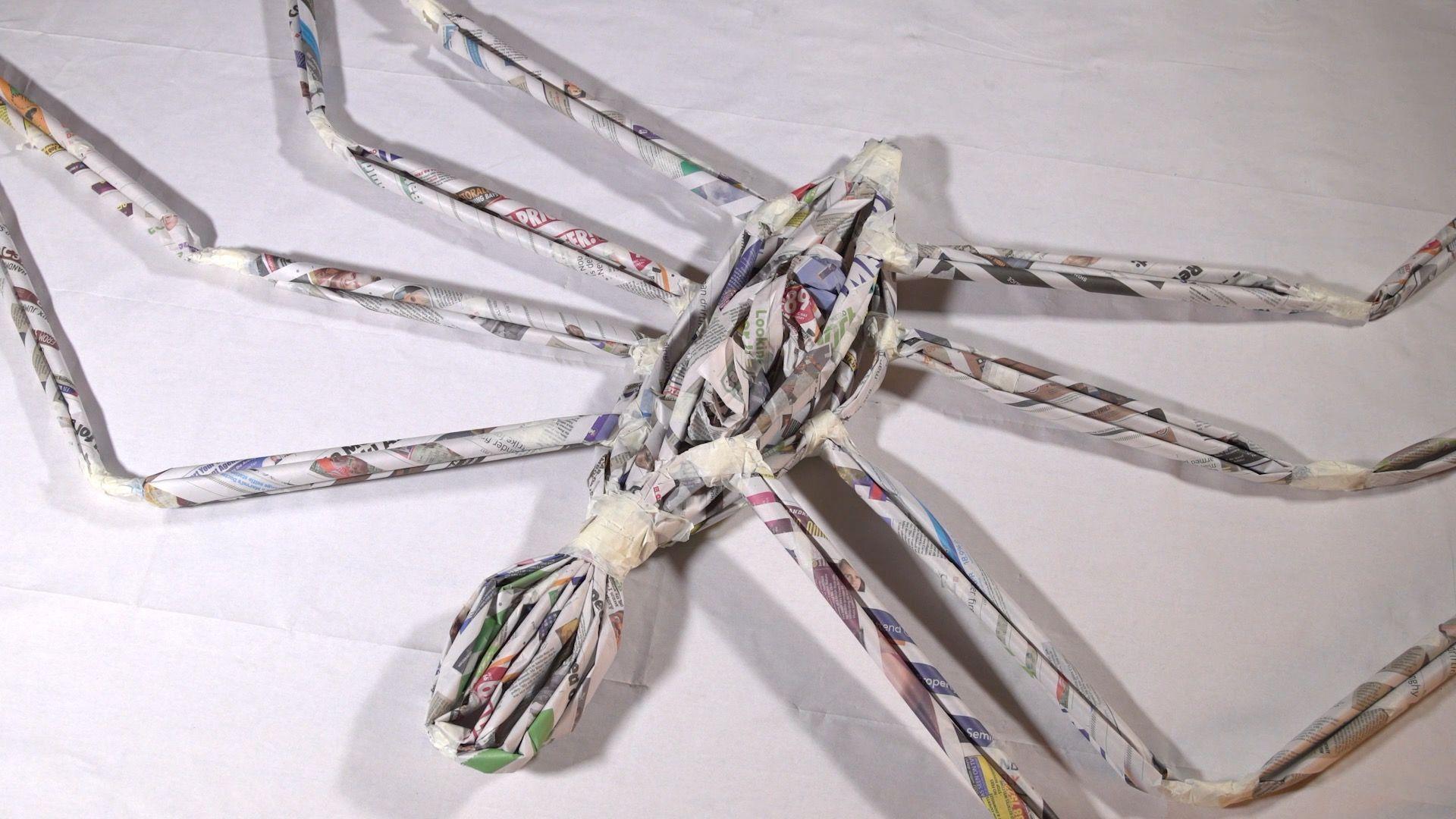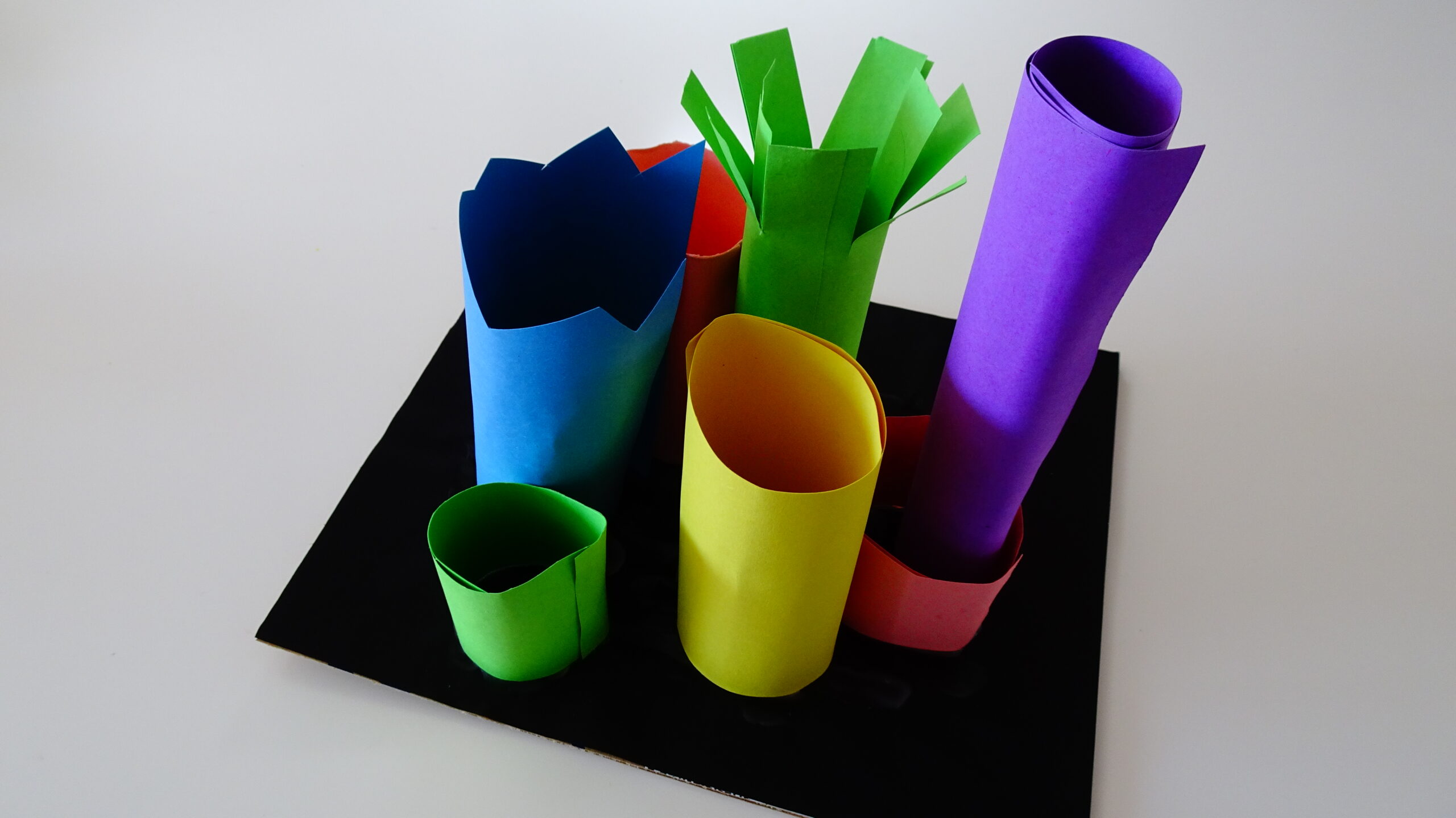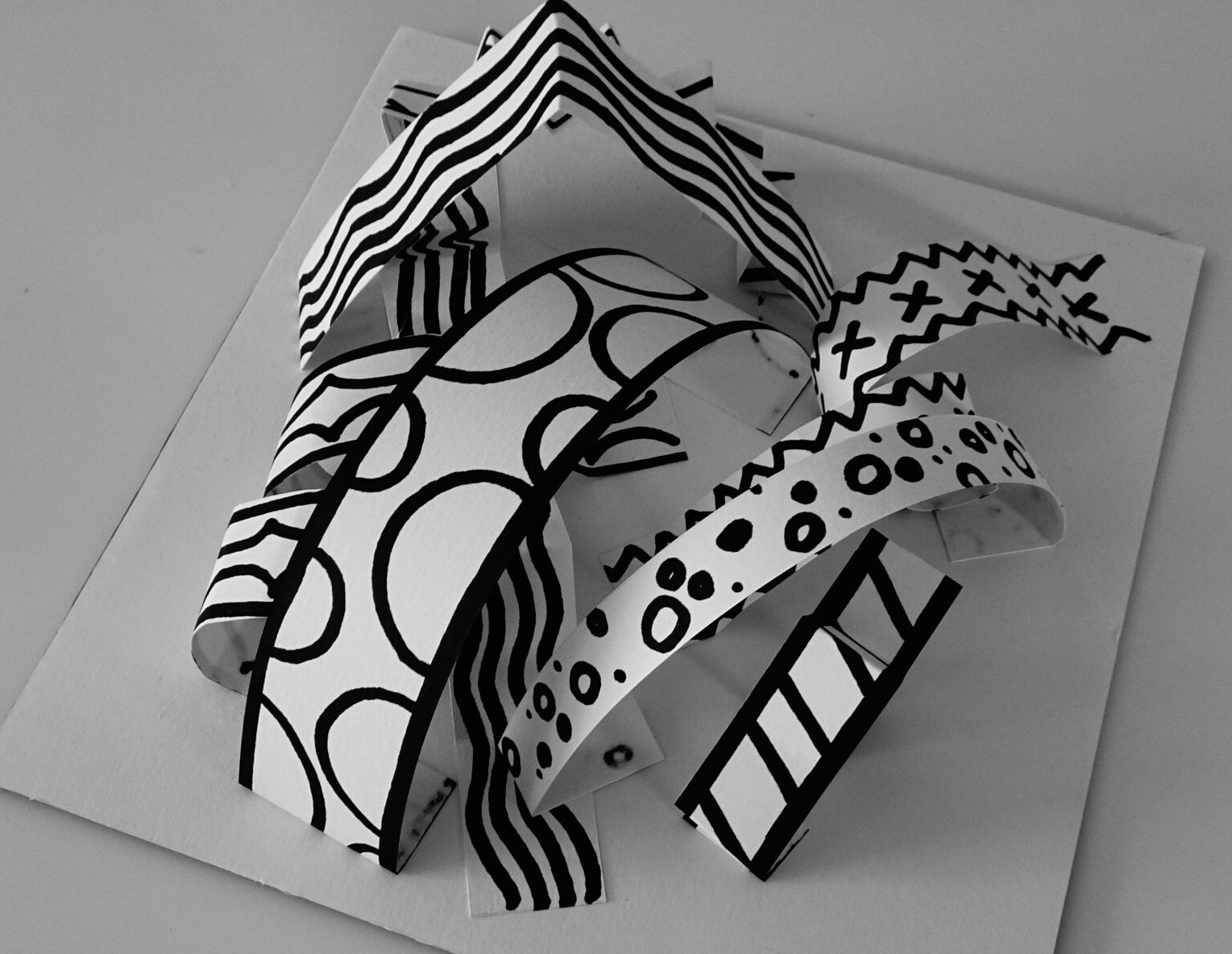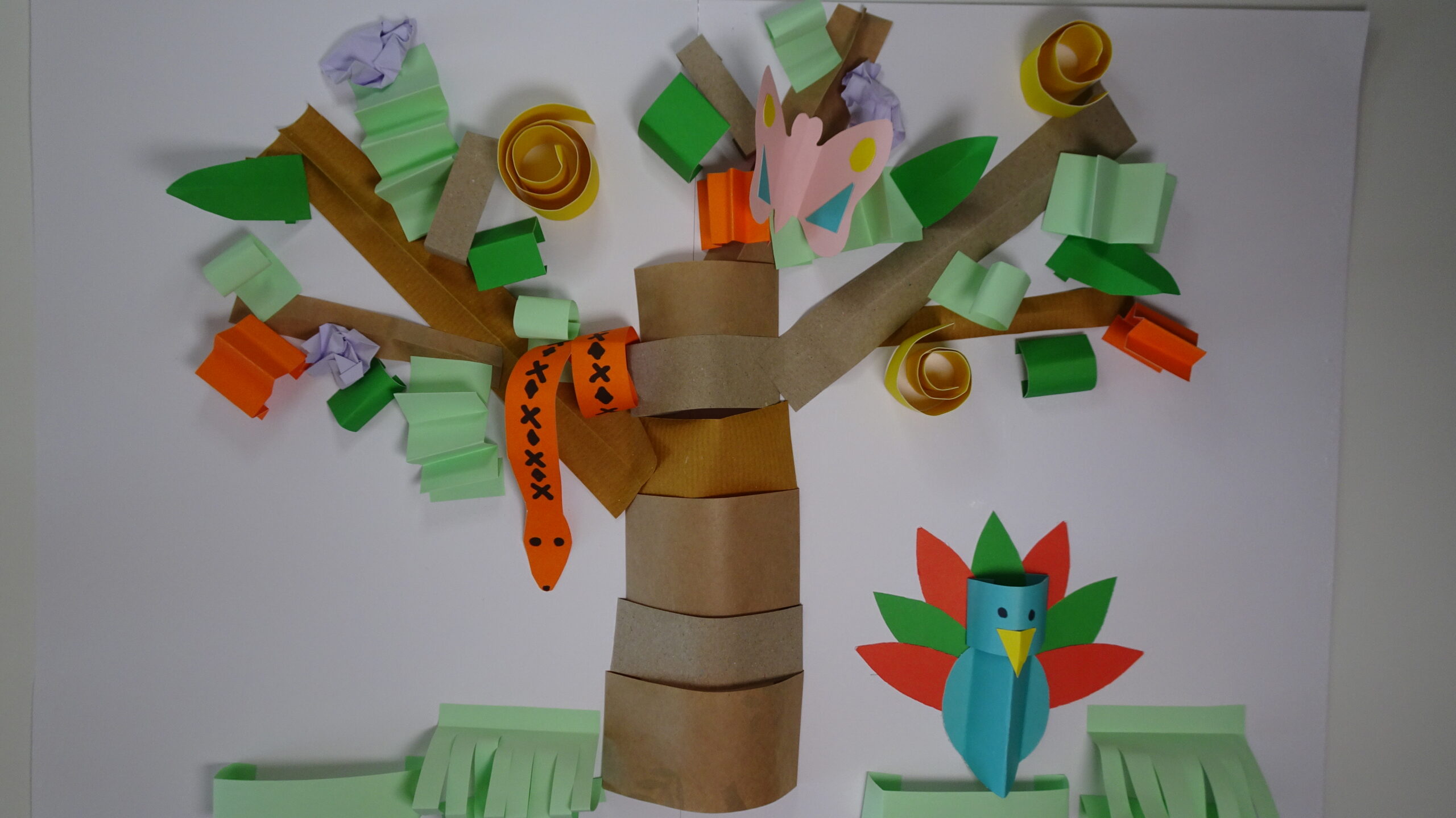Learning intention
- To apply painting skills when working in 3D.
Success criteria
- I can use different tools to paint with.
- I
This content is for subscribers only. Join for access today.
Cambridge Primary Art & Design (0067) Learning objectives
Experiencing
E.01 Encounter, sense, experiment
This content is for subscribers only. Join for access today.
Before the lesson
This content is for subscribers only. Join for access today.
Lesson plan
Recap and recall
Show Presentation: 3, 2, 1.
This content is for subscribers only. Join for access today.
Extended-mode explainer videos
How to extend your display to view the lesson page and preseantion mode simultaneously. Choose your operating system below to watch the video
If you need further support with extending your display,
please contact [email protected].
Differentiation
Learners needing support:
- Should receive guidance when painting and dabbing.
- Could work on one small area and then receive feedback before moving on to another part of the sculpture to paint.
Learners working at a stretch:
- Should talk about how the metallic paint does not reach into the gaps, creating shadowed areas.
- Should choose appropriate tools to create an effect on the finished piece, for example, selecting smaller brushes where necessary.
This content is for subscribers only. Join for access today.
Assessing progress and understanding
Learners with secure understanding can:
- Paint with a good technique, ensuring good
This content is for subscribers only. Join for access today.
Vocabulary definitions
-
Vocabulary for this lesson was introduced in lessons 1 to 3.
This content is for subscribers only. Join for access today.
Example work
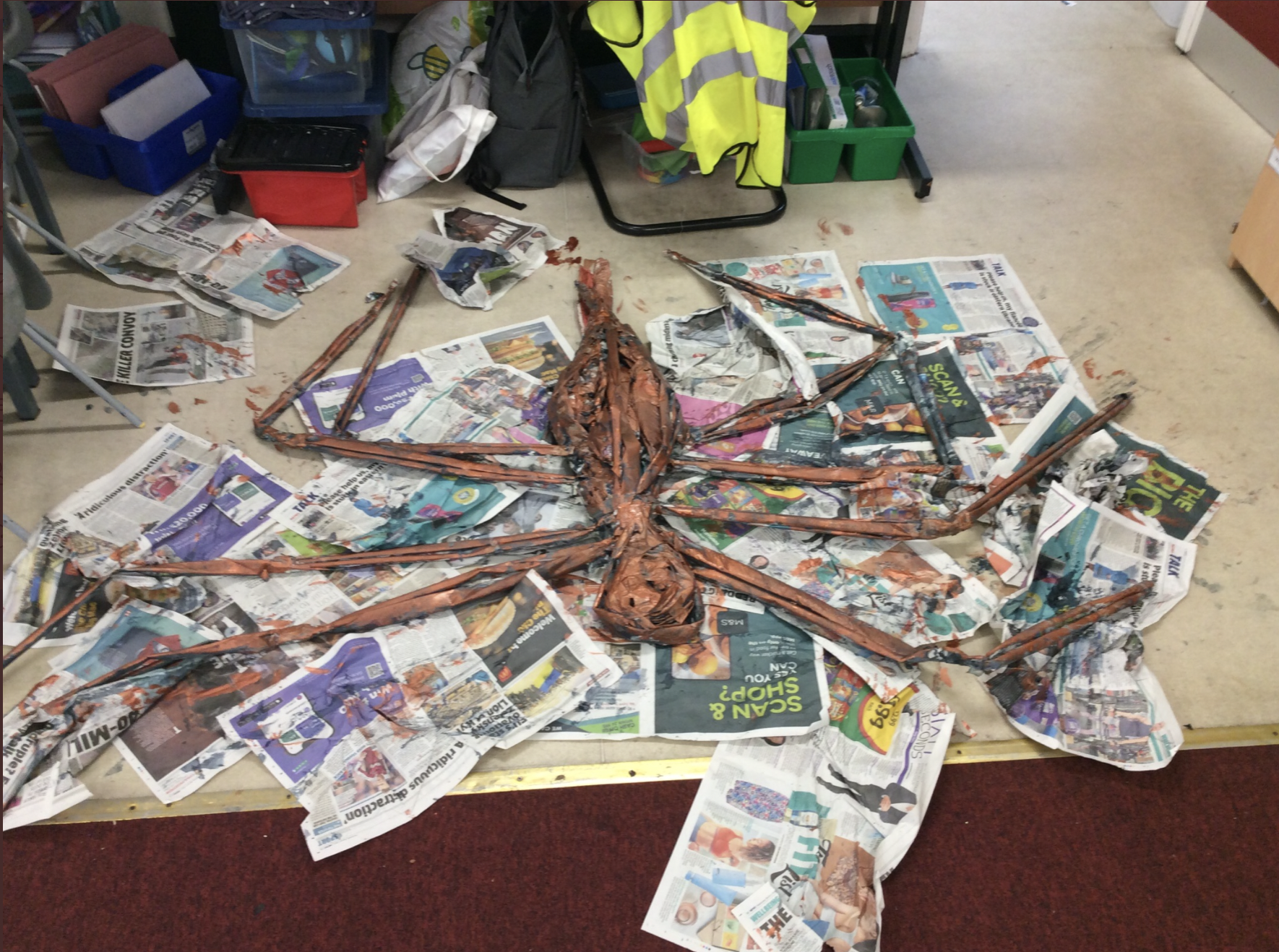
Roby Park School, United Kingdom

St Edmund Campion School, United Kingdom
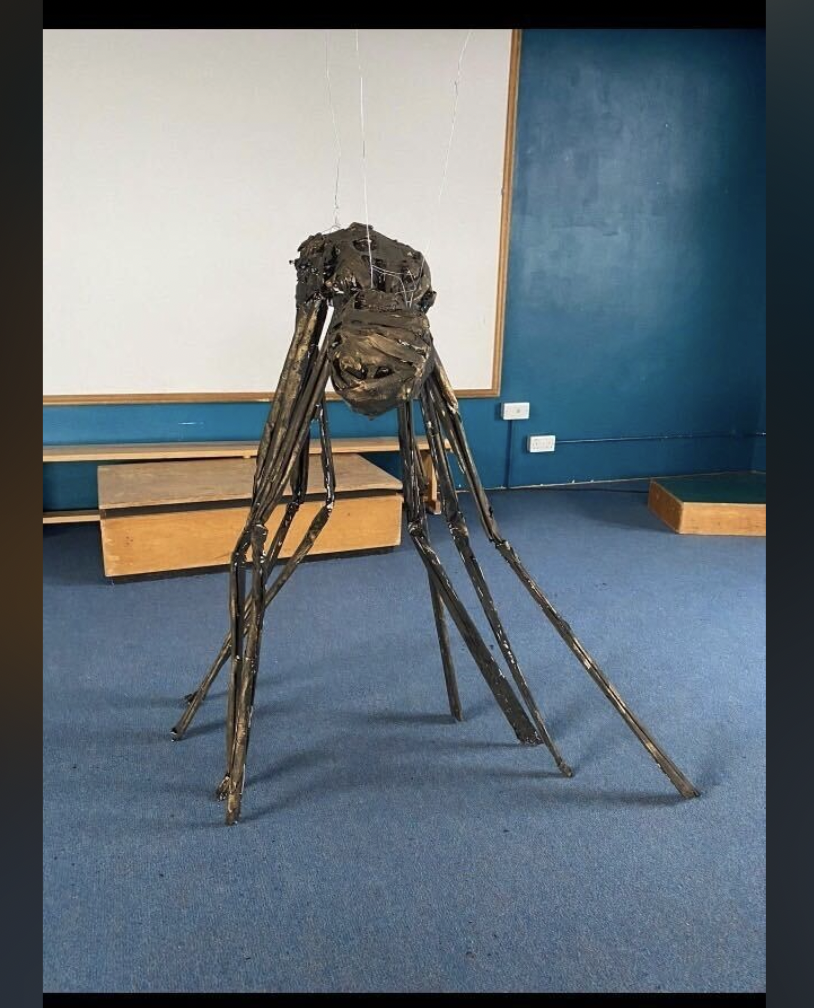
St Edmund Campion School, United Kingdom
This content is for subscribers only. Join for access today.
In this unit
Lesson 1: Tube towers
Lesson 2: 3D drawings
Lesson 3: Tree of life
Lesson 4: Creating a giant spider model
Lesson 5: Painting a giant spider


